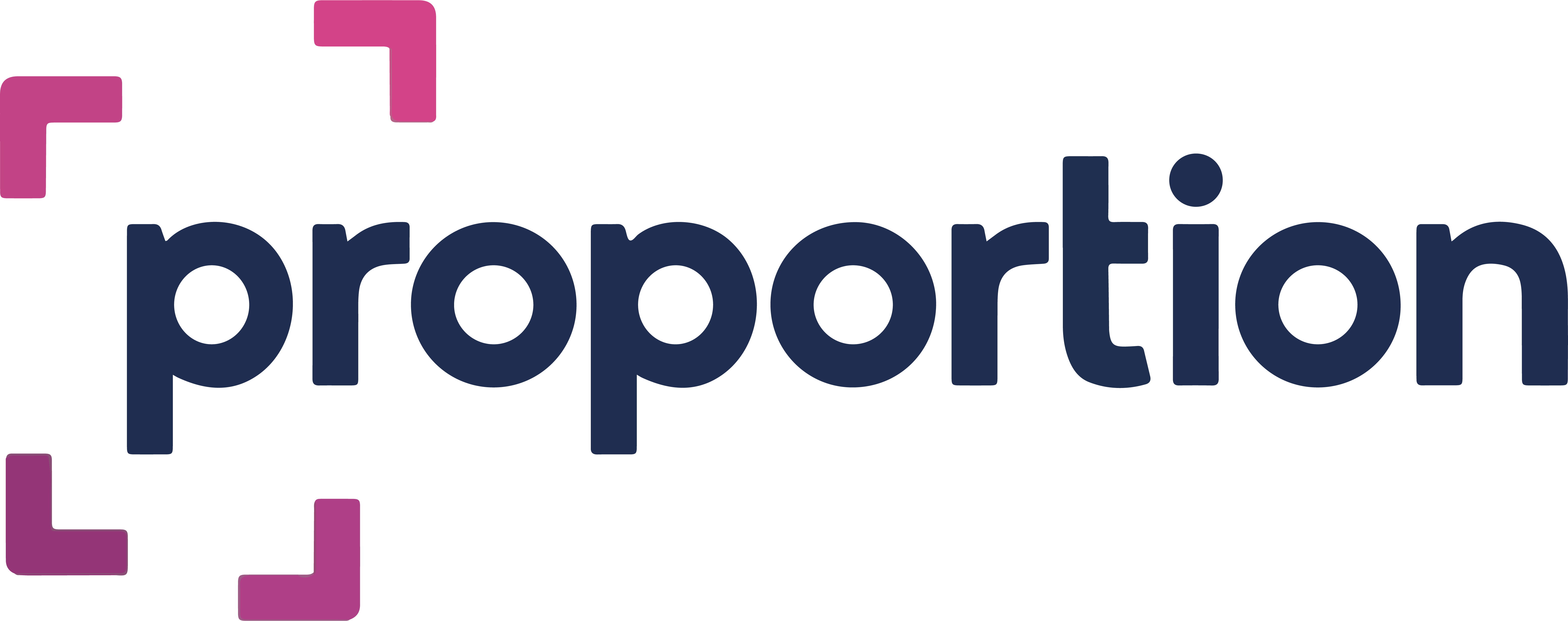Services / Design Research
Design Research
Discover local problems to understand what your stakeholders feel, think, say and do.
We offer clients top-notch qualitative research, which includes field research in urban and most rural areas across the global south. Field research can include observations, in-depth interviews, focus group workshops, home visits. And since we have a vast network of local vetted HCD experts, we are able to assemble the best research team for the job, including local feet on the ground with thematic experience.
What is design research?
A human-centric problem-solving journey cannot begin without having a deep understanding of the people you are designing for. To achieve this, you need to have a vivid and meaningful empathy experience with your target users/customers.
The ‘Empathise Phase’ of the HCD process focuses on developing a sense of empathy towards the people you are designing for, to gain insights into what they need, what they want, how they behave, feel, and think, and why they demonstrate such behaviours, feelings, and thoughts when interacting with certain situation, products or services in the real-world setting. The goal of the ‘Empathise Phase’ in the HCD process is mainly to discover the gaps in what people do and what people say they do. These gaps can be described as the design opportunities. The ‘Empathise Phase’ itself can be split into two distinct sub-phases:

View cases related to Design Research...
What is the value of design research?
The problems you are trying to solve are rarely your own, they are those of particular users/customers. Hence, human-centric design approach emphasises on getting a deeper understanding of the people (user/customer) you are designing for. In order to gain those deep understanding about the user/customer needs, thoughts, emotions and motivations that influence their behaviour and decisions, it is important for HCD practitioners to first learn how to empathise with them.
Empathy, by definition, is the intellectual identification with or vicarious experiencing of the feelings, thoughts or attitudes of another. Empathy gaining is often described as “need finding”, which includes discovering people’s explicit and implicit needs so that you can meet those needs through design. To uncover the explicit and implicit needs of your users/customers, it is essential to learn about them on both objective and subjective levels. When you learn about users/customers on an objective level, you understand what they need to perform their specific tasks. When you learn about your target users/customers on a subjective level, you understand what they are aiming for and what they are feeling when they are trying to accomplish a specific task. If you are designing only a technical/functional product or just a functional feature on an existing product/service, it is sufficient to learn about the users on an objective level. However, when you are designing a holistic solution (product or service) that creates or enhances the overall ownership and usage experience for the users/customer, then you have to consider learning about them on both objective and subjective level.
Why hire Proportion for design research?
Empathy is an innate human quality and yet most of us find it very challenging to be an empathic listener to our family, friends, colleagues and other people who matter to us. This is mainly because we have been consciously trained in our schools and workplaces and also subconsciously wired by our life experiences — to form quick judgements and opinions about other people, rather than absorbing the raw data as it is and then trying to get a deep understanding about them within their context.
Empathy requires us to put aside our learning, culture, knowledge, opinions, and worldview purposefully in order to understand other peoples’ experiences of things in a deep and meaningful manner.
To be able to see through another person’s eyes,
it requires us to cultivate a strong sense of imagination.
it requires humility so we can seek to abandon our preconceived ideas and biases.
it requires that we have a heightened awareness of other peoples’ needs, wants, motivations and goals.
Through Proportion’s community of local design researchers clients have access to experienced researchers who know the local context, speak local tongue and have a backup of a global team.

